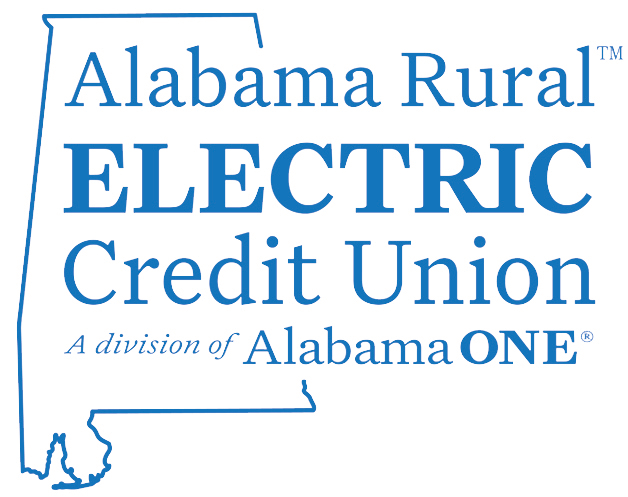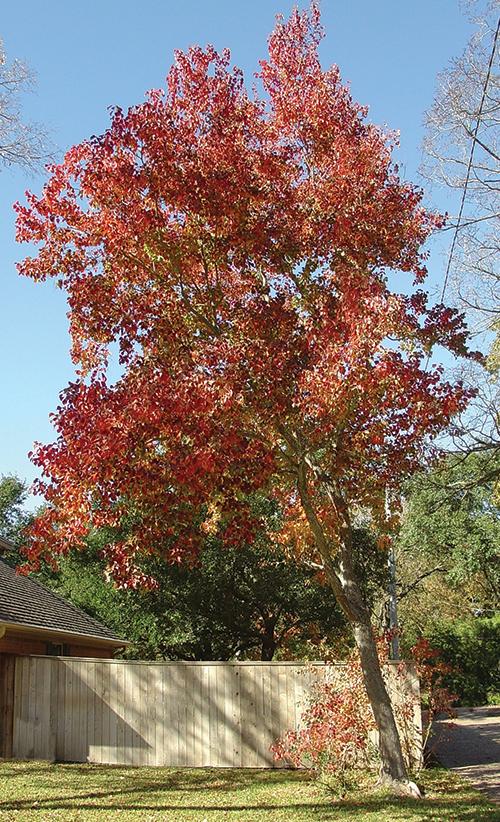with help from Main Street program
By Deborah Storey
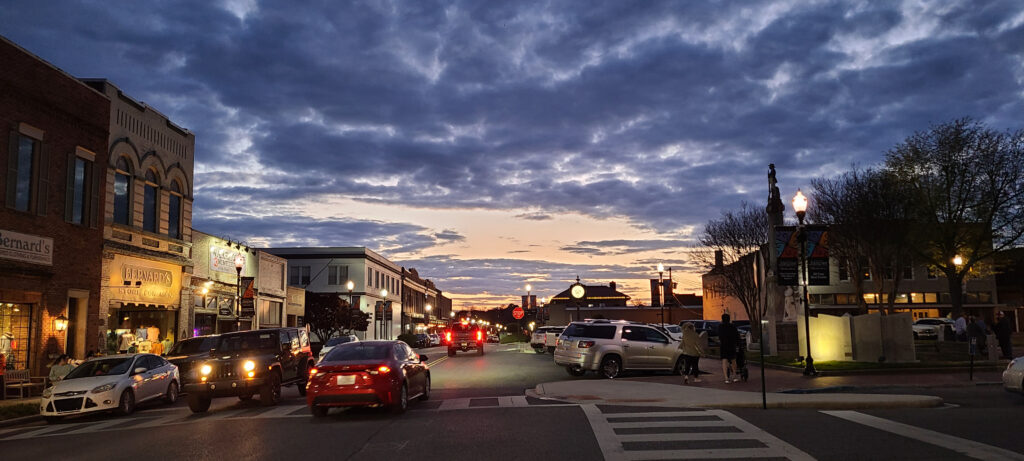
Photo courtesy of Jasper Main Street
Living, dining and shopping downtown is cool again as Alabama communities spruce up once-neglected areas through the Main Street Alabama program.
Main Street member communities in the state are revitalizing small-town downtowns, or even just specific neighborhoods in larger cities, to attract residents, visitors and economic investment.
Improvements aren’t simply beautification efforts – they provide benefits in real dollars. Demopolis saw eight new businesses and more than $4.8 million in private funds invested since joining the program. Between 2014 and 2023, public and private investment in state Main Street districts totaled more than $1 billion, program leaders say, with 6,000 new jobs.
Membership offers towns and cities access to workshops and training sessions, as well as practical resources such as downtown design guides and landscaping tips.
Alabama’s Main Street cities include Alexander City, Anniston, Athens, Atmore, two areas of Birmingham and one in Huntsville, Calera, Centreville, Columbiana, Decatur, Demopolis, Elba, Enterprise, Eufaula, Florence, Foley, Fort Payne, Gadsden, Heflin, Jasper, LaFayette, Leeds, Marion, Monroeville, Montevallo, Montgomery, Opelika, Oxford, Russellville, Scottsboro, Talladega and Wetumpka.
“Downtowns are coming back,” says Mary Helmer Wirth, president and state coordinator of Main Street Alabama. “People want a sense of place. They want a sense of pride. They want that history.
“It’s amazing when you look at the character and the characters that made our cities great, and they all start downtown,” Wirth says. “They chose that area for a reason. They wanted to settle there. They wanted to make their mark. I feel like the pendulum is coming back to the importance of maintaining that.”
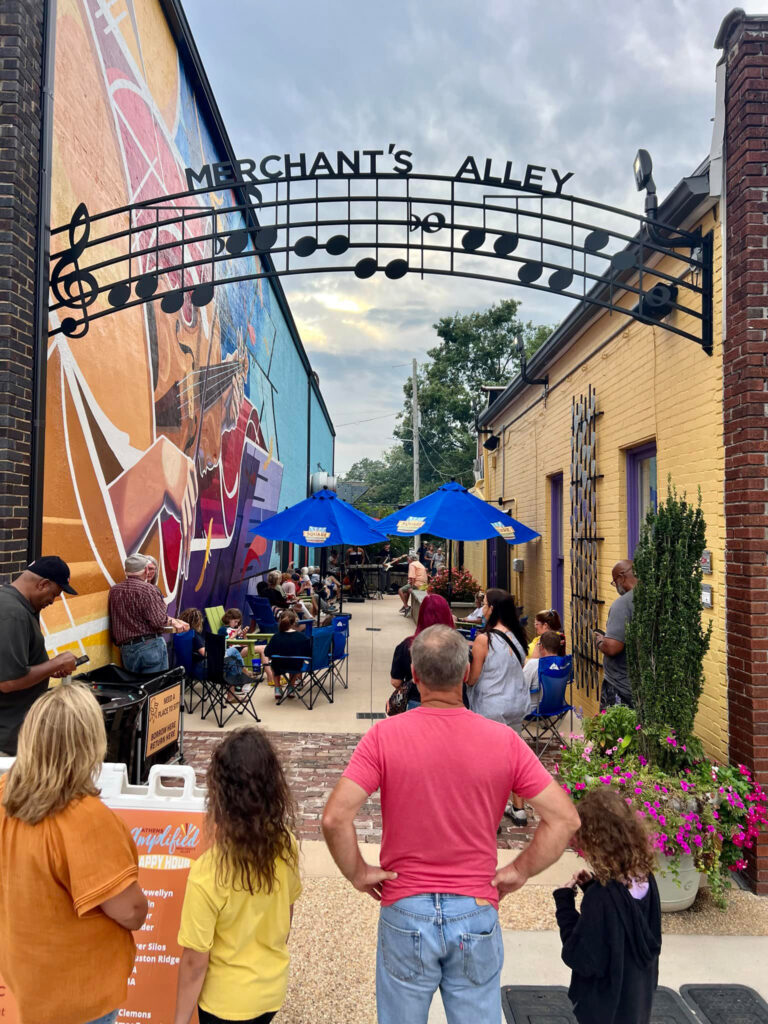
Photo courtesy Athens Main Street
Monroeville’s success
Monroeville has become the poster city for the state’s Main Street program since becoming one of three cities to earn a 2024 Great American Main Street Award from the national organization for preservation-based commercial district revitalization. It is the first Alabama community to win the honor.
Anne Marie Bryan, executive director of Monroeville Main Street, says, “continuous investment from the city of Monroeville and our dedicated charter members has not only fueled over $10 million in public and private investment but has also inspired others throughout our community to invest in a shared vision.”
Through strategic revitalization and collaboration, she says, “we’ve attracted new businesses, created jobs, and preserved our historic charm, ensuring that downtown Monroeville remains a thriving hub for future generations.”
Since 2014, Monroeville Main Street has supported renovation of 42 properties, 15 new loft apartments and 23 affordable storefronts. In nine years, downtown vacancy fell from 31 percent to 5 percent.
The town of To Kill a Mockingbird fame is always a popular tourist draw for its famous courthouse and literary legacy, but new things to see include 17 murals, 14 bronze sculptures and a 24-panel story trail.

Photo courtesy Main Street Wetumpka
Forming partnerships
Wetumpka became an official Main Street Alabama community in 2016 with goals of revitalizing downtown, increasing economic vitality and preserving the area’s historic charm, says Main Street Wetumpka Executive Director Haley N. Greene.
“Through a strong partnership with the City of Wetumpka, Main Street Wetumpka has played a significant role in transforming downtown through economic development, beautification and placemaking efforts,” she says.
Greene said one specific improvement is the Tulotoma Snail Trail, named after an unlikely hero: a Coosa River snail that was almost extinct in the 1990s. The first stop is at the Elmore County Museum, where improvements replaced broken windows and trim and restored marble steps. New benches and art and fresh plantings in the greenspace add to the ambiance.
At the second stop on the trail, an underutilized gravel lot has become a gathering spot with local art and more lighting through the Alleyway Project.
Other initiatives downtown include better signs, improved public spaces and aesthetic enhancements. The Rumbling Water Mosaic Steps is an art installation celebrating Wetumpka’s Native heritage and connection to the Coosa. The Fall Line Overlook highlights a unique aspect of the river.
Greene said that since 2020, downtown Wetumpka has welcomed close to 30 new businesses, with two more on the way, demonstrating the program’s success in attracting entrepreneurs and fostering economic growth. In 2024, downtown Wetumpka saw 15 public improvement projects totaling more than $1.5 million and private property investments of over $800,000.
Better walkability
Jasper joined Main Street Alabama in 2015. Program director Mike Putman says it’s important to get residents and city leaders behind revitalization efforts, but rewards are substantial.
“Because of the Main Street program and applying the four principles of design, organization, promotion and economic vitality, we have exponentially grown in our businesses, our employees, our commerce, (and) our design elements like banners, trees, new sidewalks,” Putman says. “Our walkability is 100 percent.”
Some buildings have decorative white lights, and the courthouse glows in different colors depending on the season. Old courthouse clocks damaged in a tornado are being replaced. The number of restaurants grew from one to 13, and a welcome center is under construction.
“We had a 70 percent vacancy rate,” Putman says. “Now we have like a 5 percent vacancy rate.
“We have a very generous community foundation, and we have a generous city, and private contributors too. That’s a good trio to have.”
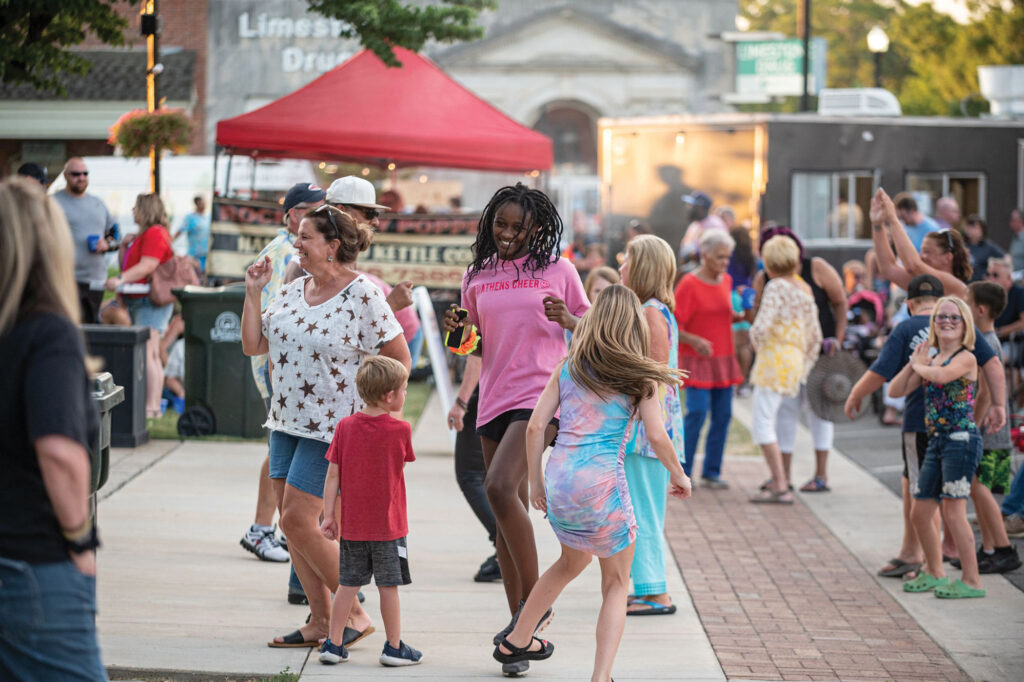
Photo courtesy of Athens Main Street
New spirit in Athens
In Limestone County, the Athens Main Street Program sprang from a revitalization effort called The Spirit of Athens, according to executive director Tere Richardson.
Like Putman, Richardson credits the state program’s key principles for positive changes downtown. Historic buildings are seeing facelifts through grants, and new signs and alley revitalization is improving downtown walkability and appeal. Promotions include street festivals and retail events that bring more visitors.
Other initiatives are a Certified Farmers Market in summer, creation of Athens Art League and establishment of a Downtown Artist Incubator. Monthly Fridays After Five music events in renovated Merchants Alley attract nearly 3,000 people. Social media campaigns reach thousands more followers.
In addition, Athens Main Street fostered a streetscape project that improved walkability, helped raise $200,000 for renovation of Merchants Alley, and raised $600,000 for renovation of the Athens Farmers Market at Doug Gates Park, Richardson says. Grants and private donations have totaled more than $1 million in two years.
Foot traffic has grown significantly, Richardson says, with “more shoppers, more restaurant patrons and more dollars into our local economy. We have seen a wide range of diverse folks – young to old, families to young professionals, more minorities. This is exactly what we were hoping for.”
Athens boosters hope to see more people move downtown.
“With 10 upscale restaurants and tons of great retail, we see this as a highly desirable place to live for walkability and charm,” Richardson says.
As Wirth observed, people who live in downtown lofts “spend money below.”
Practical advice
Main Street Alabama began in 2009 and incorporated in 2010 as part of a 40-year-old national program of community revitalization to attract visitors, add jobs and spur growth. Previously, the Alabama Historical Commission coordinated the program.
The nationally sanctioned program offers communities more than just encouragement.
“We help them with strategic plans, and we help them with the resources to get that plan going,” Wirth says. “We also provide a market study to help them understand what the market is, which is specific to the businesses that are
already there.
“Some of the cool things we’re doing right now is offering real estate development plans for some of our longer-term communities, helping them understand how to develop real estate that may have been vacant
for a while.”
They also provide grants for “place-making activities” such as promotional videos, alley renovations and speaking and music events.
The network phase of membership is an introduction to Main Street, where communities send representatives to training sessions to hear requirements to join. Network partners include Arab, Prattville, Boaz, Ozark
and Brewton.
Empty storefronts are a challenge for any downtown but can be addressed through patience and personal relationships, Wirth believes.
“If you’re going to try to recruit to a district that has a fairly high vacancy rate, the first thing you have to do is work with those existing businesses and help them be stronger,” Wirth says.
She cites Gadsden’s success story.
Ninety-five percent of buildings are full “because they’ve really worked on it,” she says, and leaders have taken it “from limited use in the upper stories downtown and a higher vacancy rate to almost every place upstairs being filled now.”
Small towns often have more original spaces to revitalize downtown because urban renewal wasn’t as extensive. In bigger cities, leaders tended to board up buildings using federal funds or cover up brick facades with “slipcovers” to look modern.
Original downtowns were meant to be a legacy.
“When these people moved into these cities, they were building these buildings to last forever if they could,” Wirth says.
For more information, visit mainstreetalabama.org
